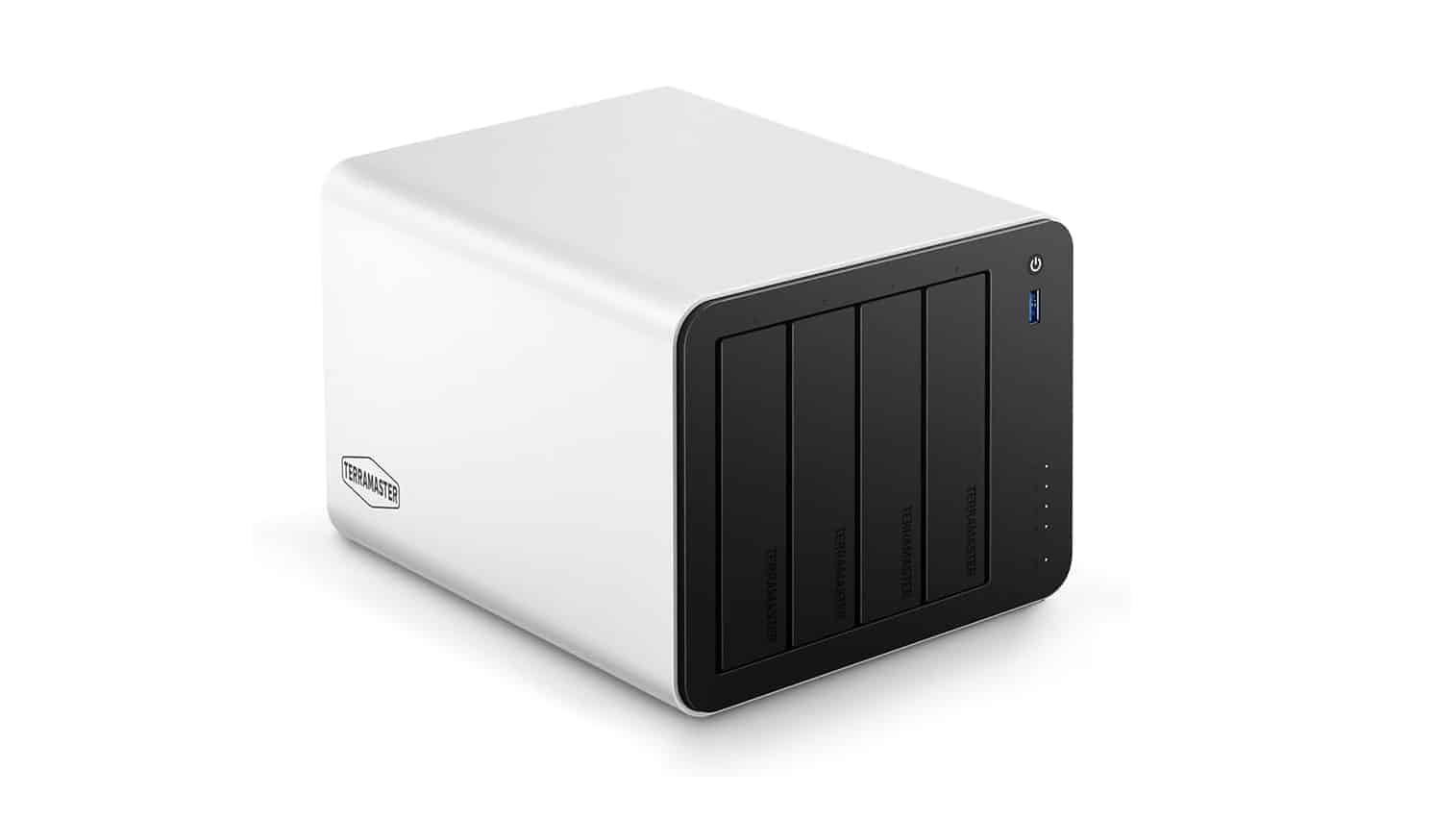Methodology
Theoretical and Practical Considerations
To thoroughly evaluate the performance of the AS6804T NAS, we conducted an extensive series of tests covering internal and external storage operations. These tests were designed to assess the NAS’s capabilities across diverse scenarios, including synthetic benchmarks, real-world file transfers, internal drive-to-drive transfers, and external USB-to-drive backups. Internal transfers highlight how effectively the NAS utilizes its internal bandwidth when moving data between storage tiers, while external USB tests assess its ability to handle archival or redundant backups. The methodology provides a robust evaluation of the NAS’s capabilities across a wide range of use cases by combining synthetic benchmarks, real-world transfers, internal tests, and USB tests.
Hardware Configuration
The NAS was configured with a RAID 5 array using four SATA SSD drives. RAID 5 balances redundancy and performance, making it a popular choice for users seeking reliability combined with speed improvements compared to a single drive. Additionally, we installed two standalone PCIe NVMe drives:
– One PCIe 4.0 NVMe drive
– One PCIe 3.0 NVMe drive
| NAS Configuration | |
|---|---|
| Internal Disks | 1x Crucial P3 Plus 1TB, 1x Samsung 960 EVO 500GB, 4x ADATA SU800 480GB |
| External Disk | HDD Seagate 1TB Mobile in USB 3.0 enclosure |
| Firmware | ADM 5.0.0.RCG1 |
These configurations allowed for evaluating various scenarios, from the safe RAID 5 array to high-speed, low-latency operations with the NVMe drives.
We connected a USB 3.0 external HDD to the NAS to test external storage backup performance. The USB 3.0 interface supports a theoretical maximum transfer speed of ~500 MB/s, although the actual speed is typically limited by the mechanical performance of the external HDD.
The NAS and client PC were connected using a 5 Gbps Ethernet link with a theoretical maximum throughput of ~625 MB/s. This ensured the network connection was unlikely to bottleneck the performance of the internal storage devices under test. Testing was conducted in a controlled environment, with no competing network traffic or unnecessary background processes on the client device.
Testing Procedures
The evaluation consisted of the following test categories:
1. Synthetic Benchmarks:
– CrystalDiskMark (CDM) and ATTO Disk Benchmark: These tools measured sequential and random read/write speeds. Testing was conducted on the RAID 5 array, the PCIe 4.0 NVMe drive, and the PCIe 3.0 NVMe drive, providing standardized performance metrics across configurations.
2. Real-World File Transfers:
– Single Large File Test: A large file (several gigabytes) was transferred between the NAS and the client PC. To be specific, a large 4k movie file at 24.78GB.
– Multiple Small Files Test: A directory containing numerous small files was transferred to simulate workloads involving document libraries or project files. In this case, it involved transferring 3,100 photos, totaling 7.17GB.
3. Internal Transfer Tests:
– Data was transferred between internal storage devices within the NAS to evaluate internal bandwidth and processing efficiency. The combinations tested included:
– RAID 5 array to PCIe 4.0 NVMe.
– RAID 5 array to PCIe 3.0 NVMe.
– PCIe 3.0 NVMe to PCIe 4.0 NVMe.
These tests highlighted the NAS’s ability to efficiently handle internal data movement, such as rearranging or migrating files between its internal drives.
4. External USB-to-Drive Tests:
– A USB 3.0 external HDD was used to back up data to each internal drive individually (RAID 5 array, PCIe 4.0 NVMe, and PCIe 3.0 NVMe). These tests measured the NAS’s capability to handle backups from external devices, a common scenario for users managing archival or redundant data storage.
Metrics Evaluated
The primary metrics assessed included:
– Sequential Read/Write Speeds: Measured in megabytes per second (MB/s), these indicate the NAS’s ability to handle continuous data streams.
– Random Read/Write Speeds: These metrics are critical for workloads involving fragmented data or small files.
– Real-World Transfer Rates: Observed during file transfer tests between the NAS and the client device, as well as between the NAS’s internal drives.
– Backup Speeds: Measured during USB-to-drive transfers, reflecting the NAS’s efficiency in handling external storage backups.


